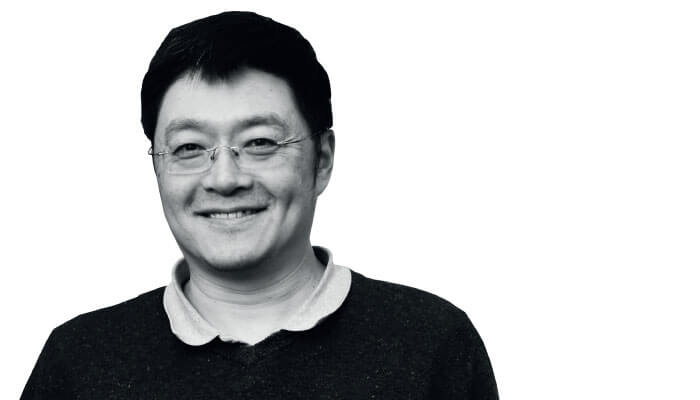RamanFest is a relatively new to the conference scene; we celebrated its seventh birthday this year in Oxford, UK. Yet, I would say it is already an established international meeting, attracting world-leading minds to partake in discussions at exciting venues from China to Boston to France. The topic on everybody’s lips? Raman spectroscopy, with presentations on a range of topics in accordance with a select theme each year.
For 2019, we had two themes: (i) health and life sciences, and (ii) advanced materials and technologies. In line with the first theme, we invited key speakers including Adrian Harris – one of the world’s most cited cancer research scientists – and Michael Wagner – a leading figure in the microbiology community – to discuss cancer research, microbiology, single-cell analysis and the analytical technologies underlying all these incredible applications.

One such application that was presented quite widely was Raman activated cell sorting (RACS) – an important label-free technology that may eventually replace more traditional fluorescence-based sorting methods, such as fluorescent-activated cell sorting (FACS). In this space, researchers have applied Raman to the study of metabolic changes in cancer cells. Such developments made up a significant portion of the conference program for 2019, but many more exciting developments were also presented. The conference saw a great focus – for example – on advances in the reproducibility of tip- and surface-enhanced Raman spectroscopy (TERS and SERS, respectively), which has enabled in depth analysis of graphene, as well as various catalysts and two-dimensional materials.
My talk focused on single-cell microspectroscopy – research that goes all the way back to 2004, when my team conducted Raman analysis of microbial cells to differentiate distinct species at the single-cell level. We soon took this a step further when we realized that a stable isotope probing technique could be combined with Raman scattering to investigate the metabolism of single cells and related physiological changes. In essence, we were beginning to use Raman spectra of single cells as a phenotypic fingerprinting device.
In the modern age of molecular biology, we are able to link these cellular phenotypes to their underlying genetic code, which can then be expanded to inform us about the physiology and functions of tissues, organs and entire physiological systems. Though we cannot physically observe the relationship between these genetic elements and higher system functioning, Raman-based spectroscopic analysis of single cells can act to fill this void in a number of ways – not just for studying basic human biology, but also to investigate disease (for example, to understand the heterogeneous nature of cancer cells and improve treatments), developmental processes beginning with a single cell, and stem cell differentiation.
The applications of this technique reach far beyond the study of higher organisms though; for example, over 90 percent of naturally occurring microorganisms cannot yet be cultured in laboratories. These same microbes may play key roles in natural processes that we are unaware of, and, by applying single cell biological analysis, we can elucidate potential roles of these difficult-to-study organisms without the need for mass cell culture. What’s more, this method can also be applied where the study of multicellular prokaryotic systems is warranted, allowing us to gain insight into processes such as carbon dioxide capture in oceans, and nitrogen and carbon cycling on land.
In fact, Raman-activated cell sorting has already been used to analyze the human microbiome – a highly complex microbial community that has far-reaching effects on our mental health and wider metabolic activity. In my mind, this provides valuable proof-of-concept for this technique, and I expect to see the number of studies that rely on these technologies mushroom in the coming years.
Accordingly, RamanFest will return each year to bring together the community involved with this valuable technique, allowing us to stay abreast of the latest developments, to pool our collective knowledge, and to discuss the next steps to keep our momentum going. In 2020, RamanFest will be held in Irvine (California, USA) and I’m sure will showcase even more exciting developments in Raman technology.




